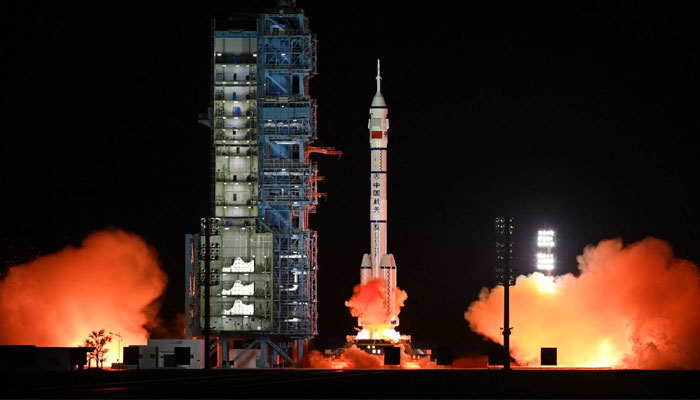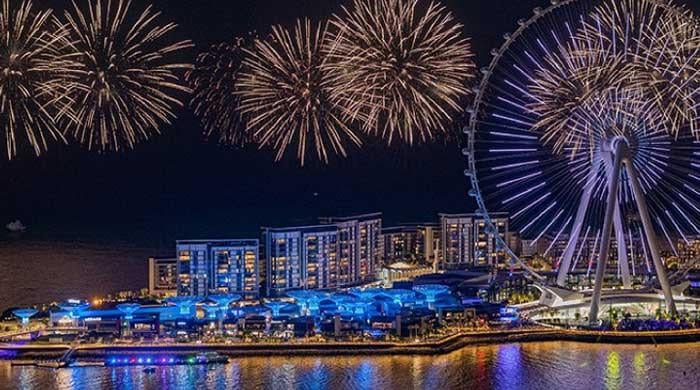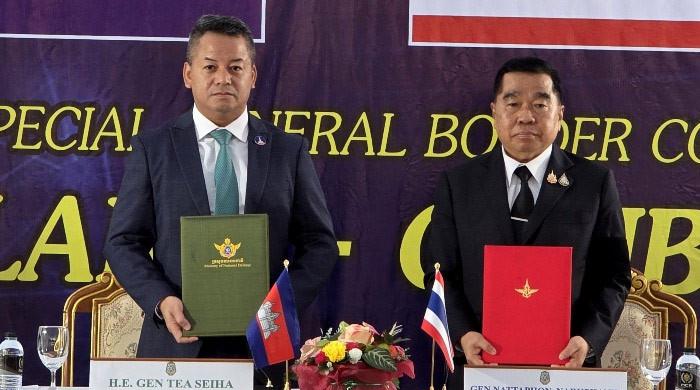‘Mysterious’ Chinese spacecraft returns to earth after 276 days in space
Test's success marks important breakthrough in reusable spacecraft technology research, says state media
May 08, 2023

China's reusable experimental spacecraft completed a landmark mission as it returned to Earth on Monday after staying 276 days in orbit, the state media reported quoting Jiuquan Satellite Launch Centre in the country's northwestern desert.
The uncrewed spacecraft was launched from the Jiuquan Satellite Launch Centre in northwest China on August 5, 2022.
It returned to its scheduled landing site on Monday.
The test's success marks an important breakthrough in reusable spacecraft technology research and provides technological support for the peaceful use of space, the state media added.
According to Reuters, no details were given on what the spacecraft was, what technologies were tested, how high it flew, and where its orbits had taken it since its launch in early August 2022.
Images of the craft have also yet to be released to the public.
The aircraft was tasked with verifying reusable technologies and in-orbit service technologies, laying a technological foundation for the peaceful use of space, according to China Aerospace Science and Technology Corp, the nation's leading space contractor, reported China Daily.
The mission is the second time that China has made public operations of its reusable experimental spacecraft.
The country's previous orbital test of a trial vehicle took place in September 2020, with the craft travelling for just under two days in orbit.
According to experts, reusable spacecraft will have a wide range of applications such as carrying out space tours for civilians, transporting astronauts, resupplying space stations and placing satellites into orbit at lower cost.
Netizens on Chinese social media speculated that the country has been developing a spacecraft like the US Air Force's X-37B, an autonomous spaceplane that can remain in orbit for years.
The uncrewed and reusable X-37B returned to Earth in November last year in its sixth and latest mission, after more than 900 days in orbit.









